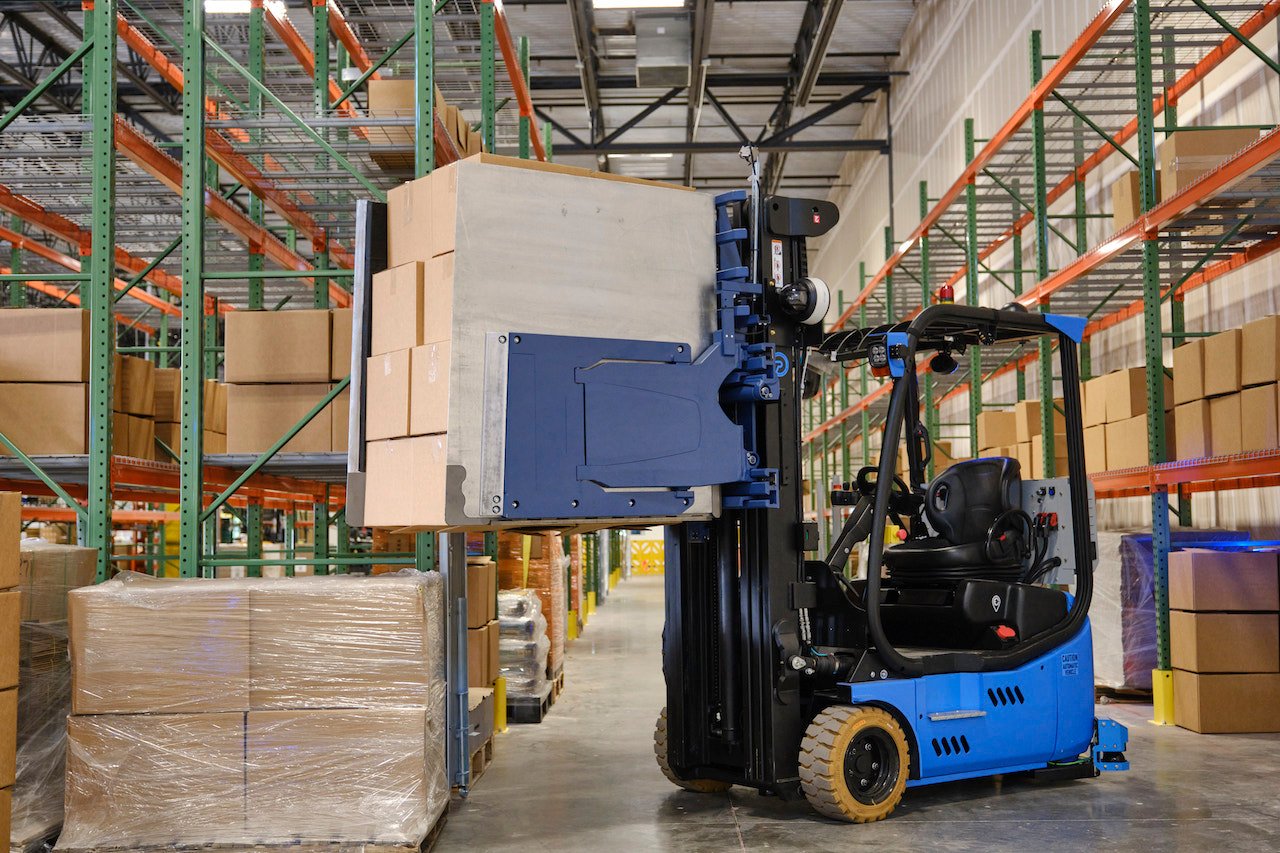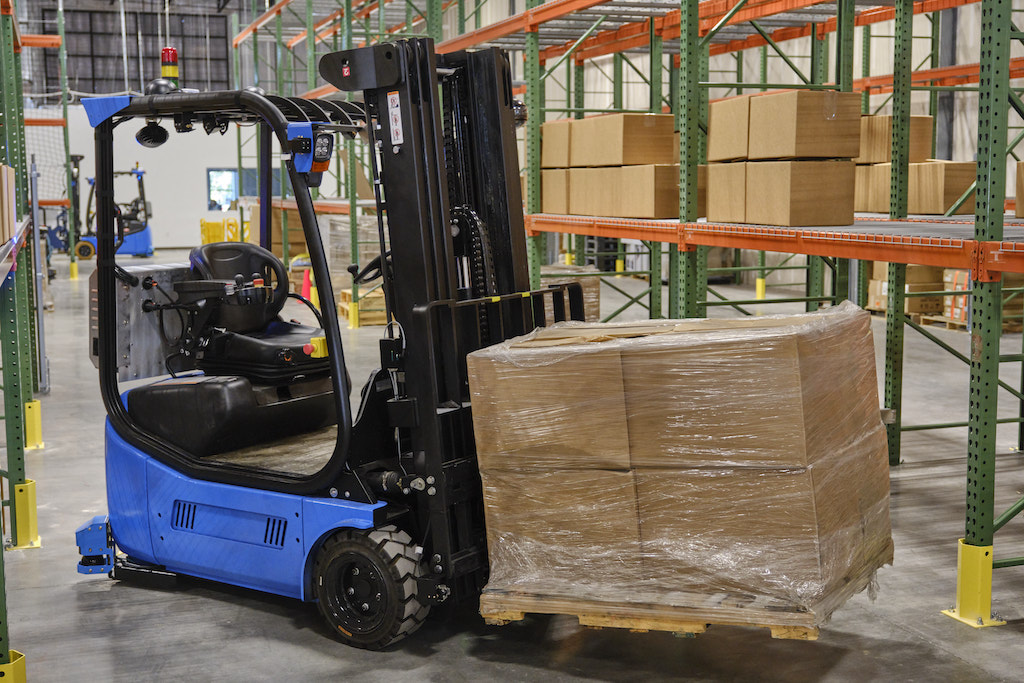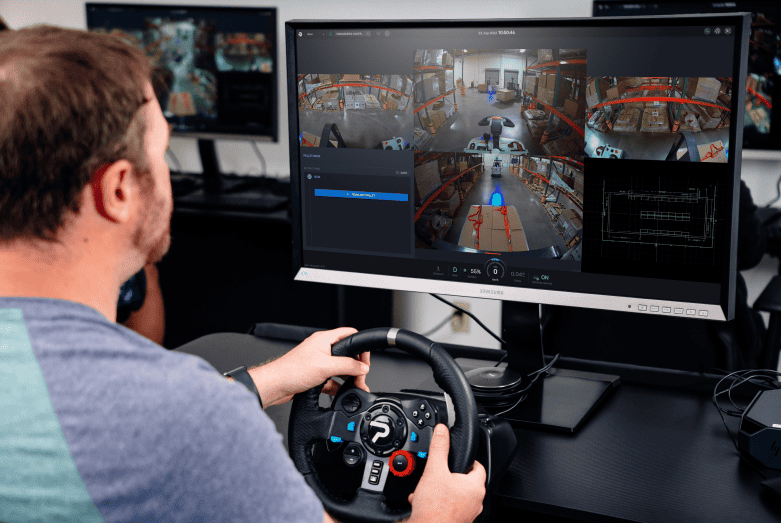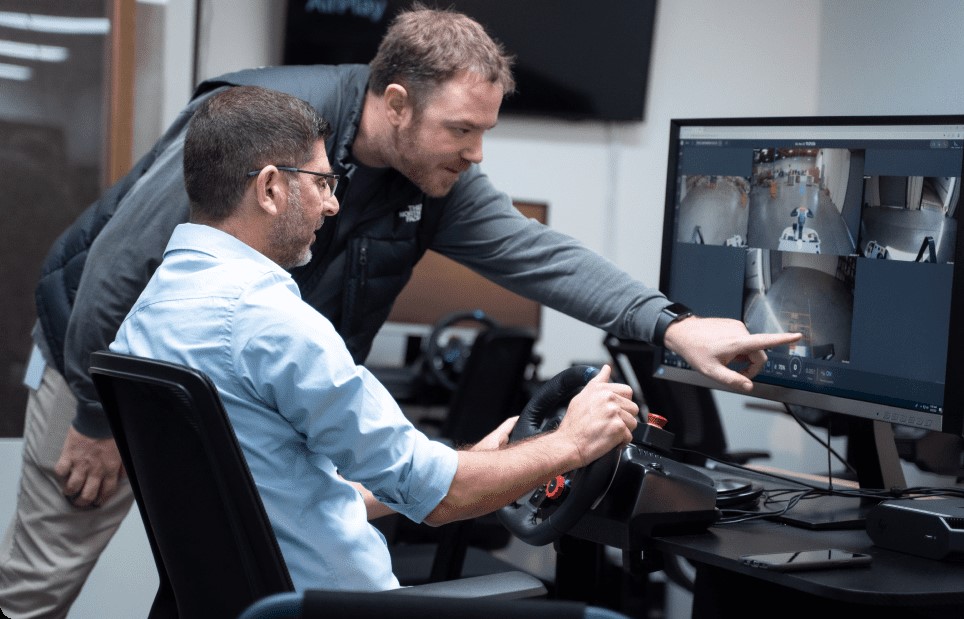
Autonomous vehicles may not require human drivers “in the loop,” but that doesn’t mean they have no need for human interaction and support. From customer service and safety to remote guidance and remote operation, a wide range of functions are supported by humans located outside of an autonomous vehicle.
In this week’s PAVE virtual panel, Jordan Sanders, VP of Business and Marketing, and Ravi Gogna, Engineering Manager at Zoox, participated in a discussion examining some of the reasons that AVs need a link to remote human support, how that link is provided, and busted some of the myths about remote support.
The participants were asked the following questions during the panel:
- At a high level, why do AVs need humans at all? If an AV is developed/trained to handle anything it might see on the road, why might they need a human? What do humans provide that an AV can’t?
- Let’s look at the technological building blocks of today’s topic: what technologies are used to provide remote support? Do they require infrastructure? What does a remote support “system” look like?
- What is the difference between “remote guidance” and “remote operation” or “teleoperation”?
- What is the difference between a fully autonomous vehicle using remote/teleoperation and a Level 2 or 3 system where the human driver just happens to be remote?
- Why aren’t developers looking to deploy something like a Level 2 system with a remote fallback driver?
- What are the safety benefits of remote guidance/operation?
- Why have some states mandated some form of remote link in AVs operating on their roads? Is this necessary for law enforcement, or some other reasons?
- From a UX perspective, why is it so important for an AV rider to be able to speak with a human at any time?
- What are some of the customer service/UX “edge cases” that might require human support?
- Will AVs always require a remote link to humans? Will some of the things we’ve discussed today ever be automated entirely? What is the future of remote support for AVs?
Watch the full recording of the virtual panel discussion here:
About Phantom Auto
Phantom Auto specializes in remote operation of all logistics vehicles. Phantom’s human-centric interoperable solutions enable people to remotely supervise, assist, and drive vehicle fleets from up to thousands of miles away – including forklifts, robots, trucks, and more. By decoupling labor from location, the company increases labor access and retention, safety, productivity, and resilience across the supply chain. With Phantom, supply chain operators can tap into drivers from anywhere — connecting people who want to work with jobs that need to be filled. The company’s proprietary software delivers secure, low-latency communication over volatile wireless networks for reliable sensor streaming and safe vehicle control. For more information about Phantom, visit www.phantomauto.com.







